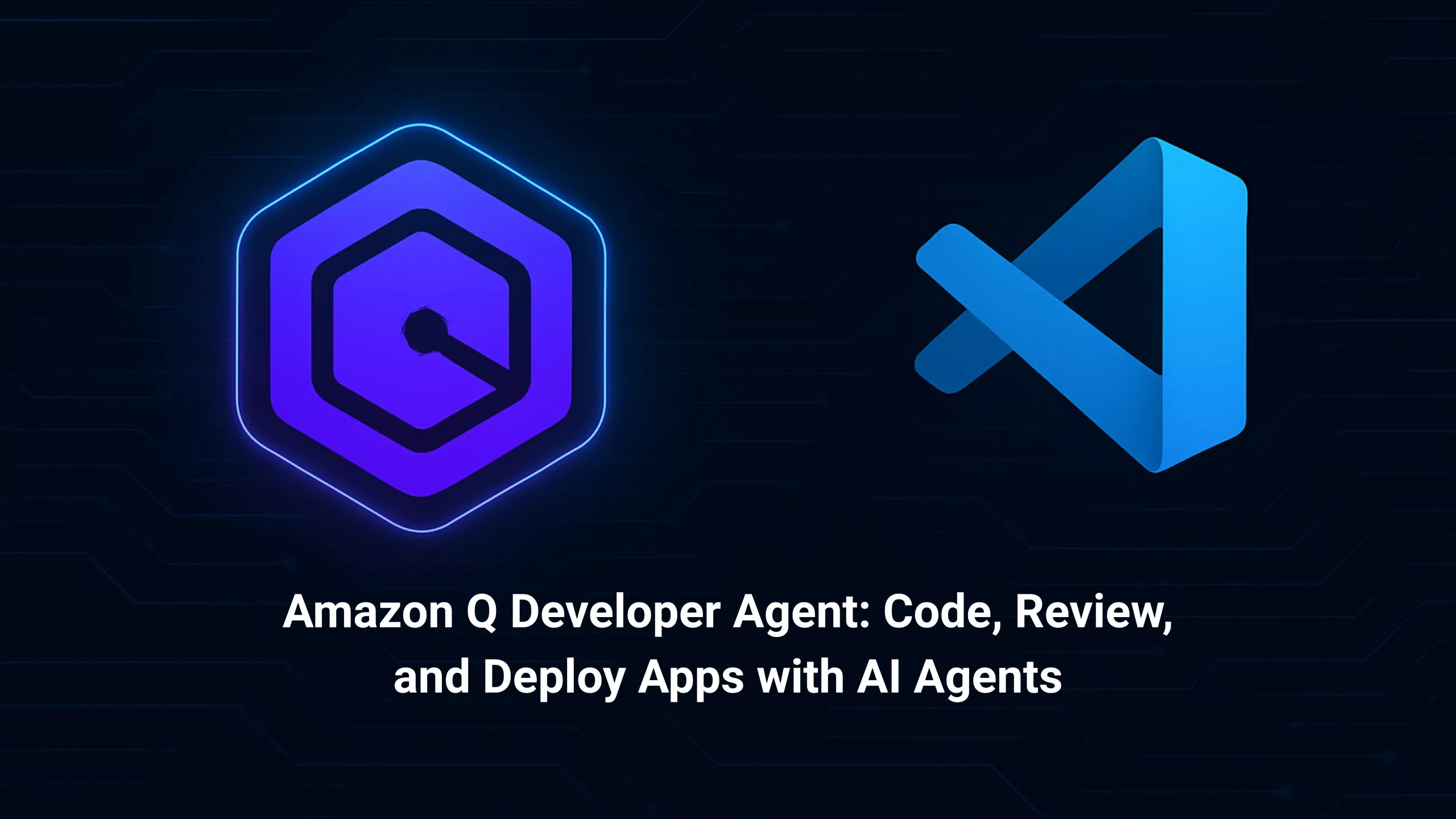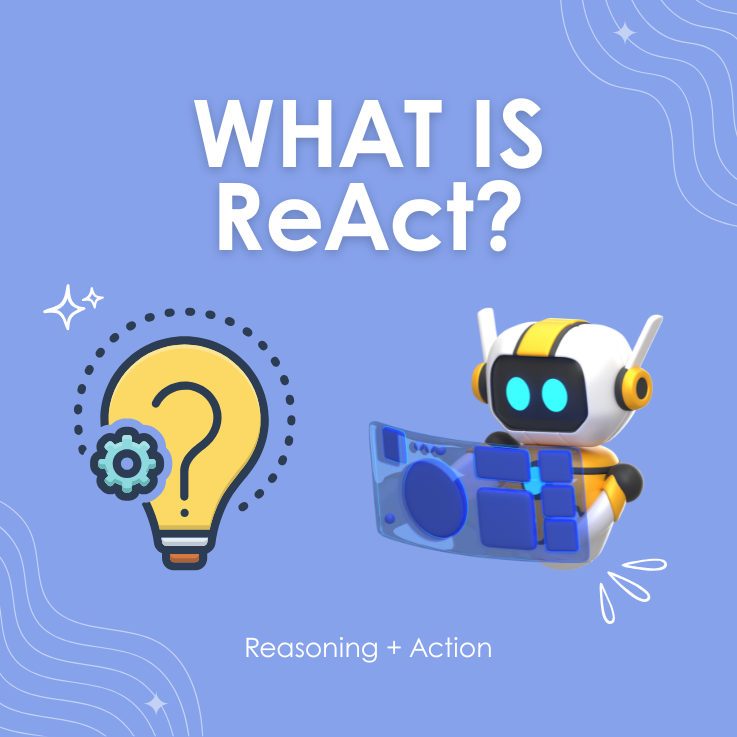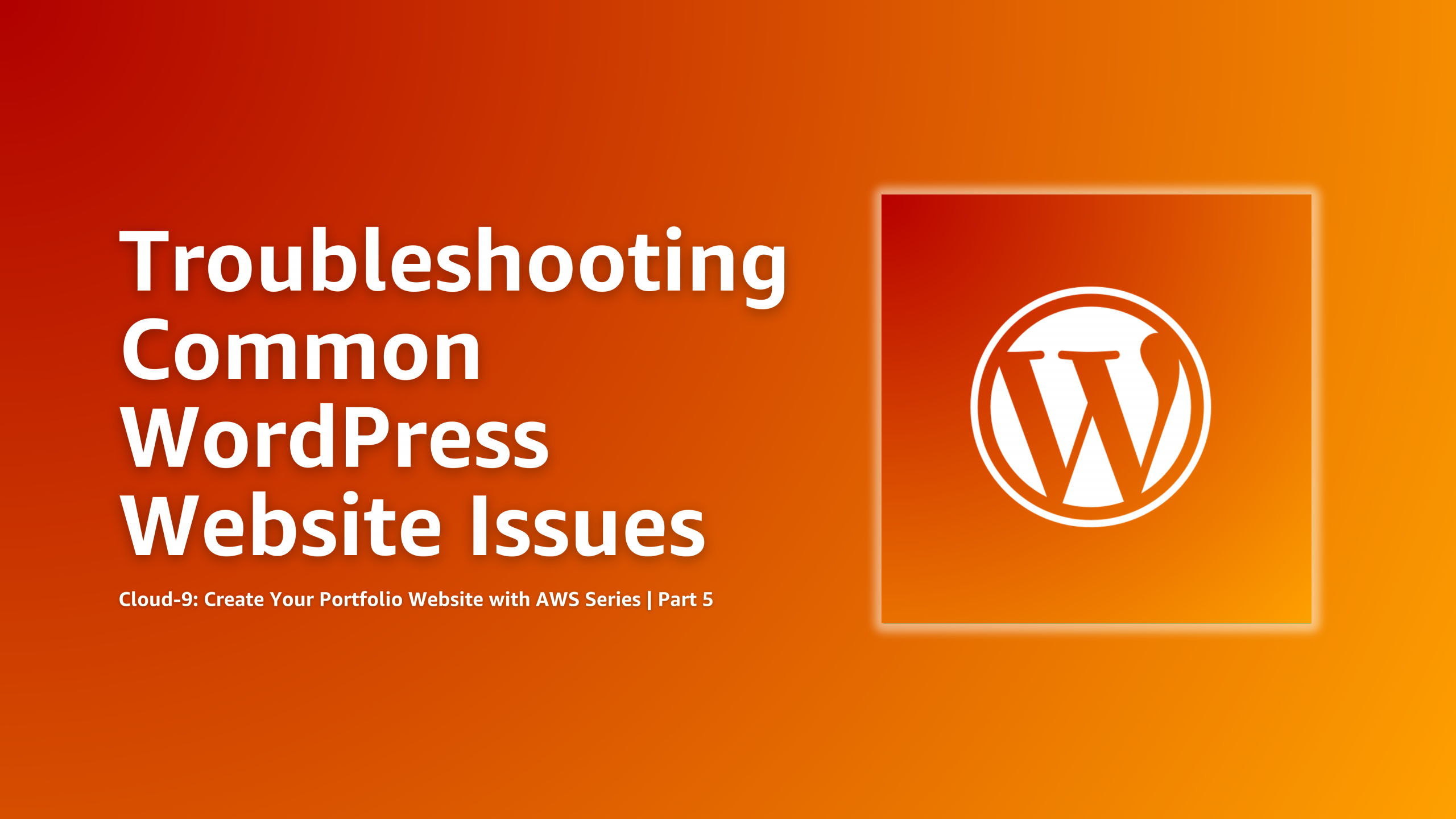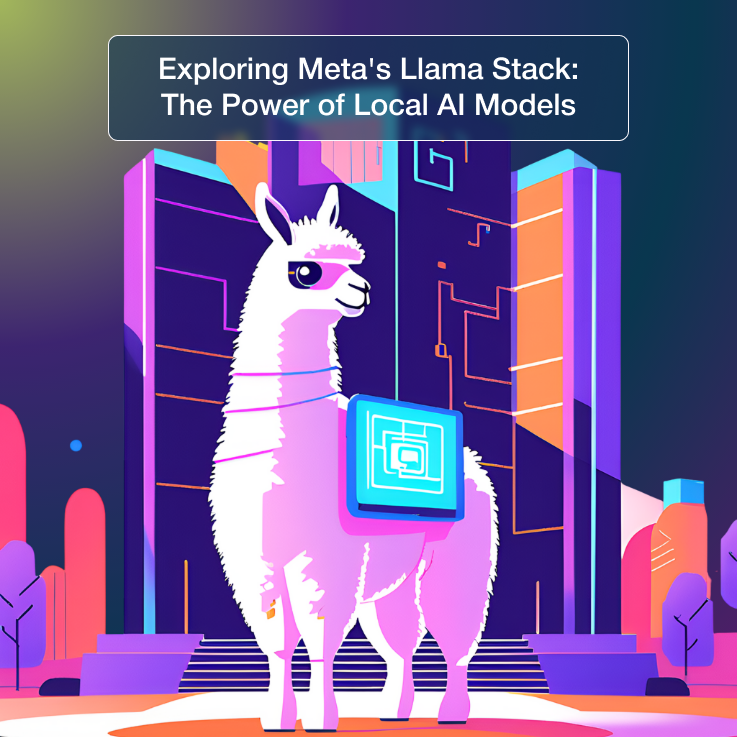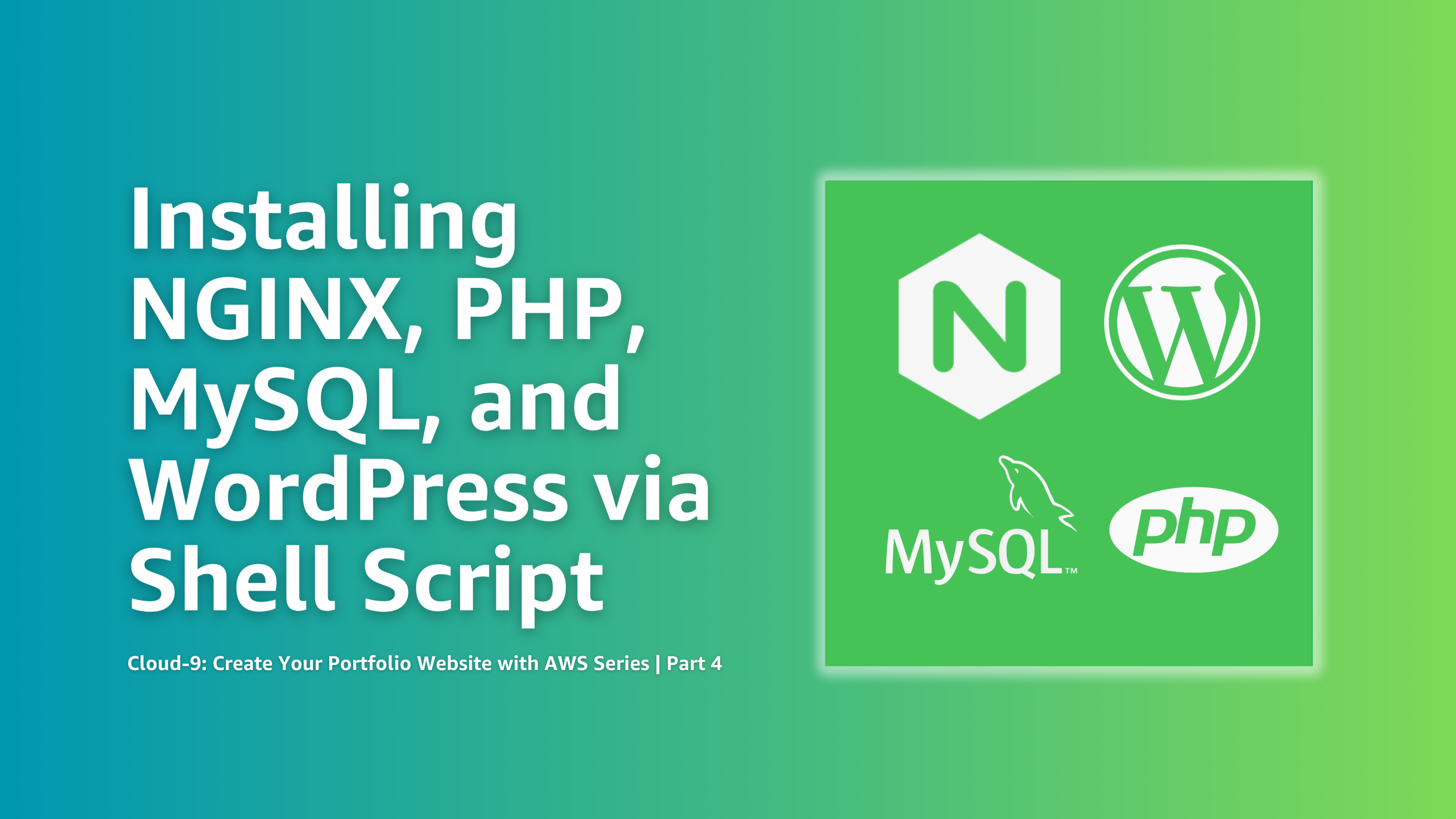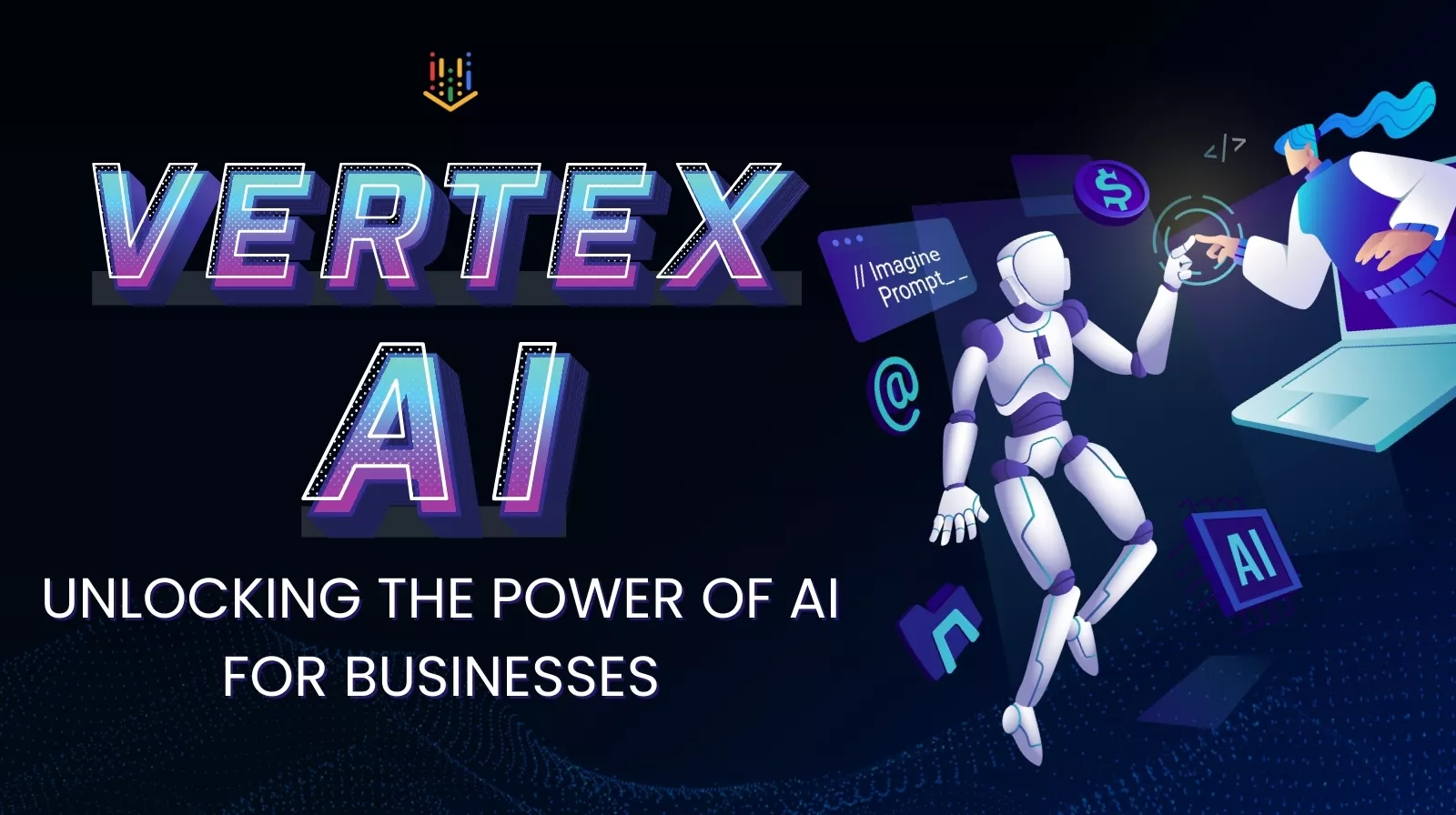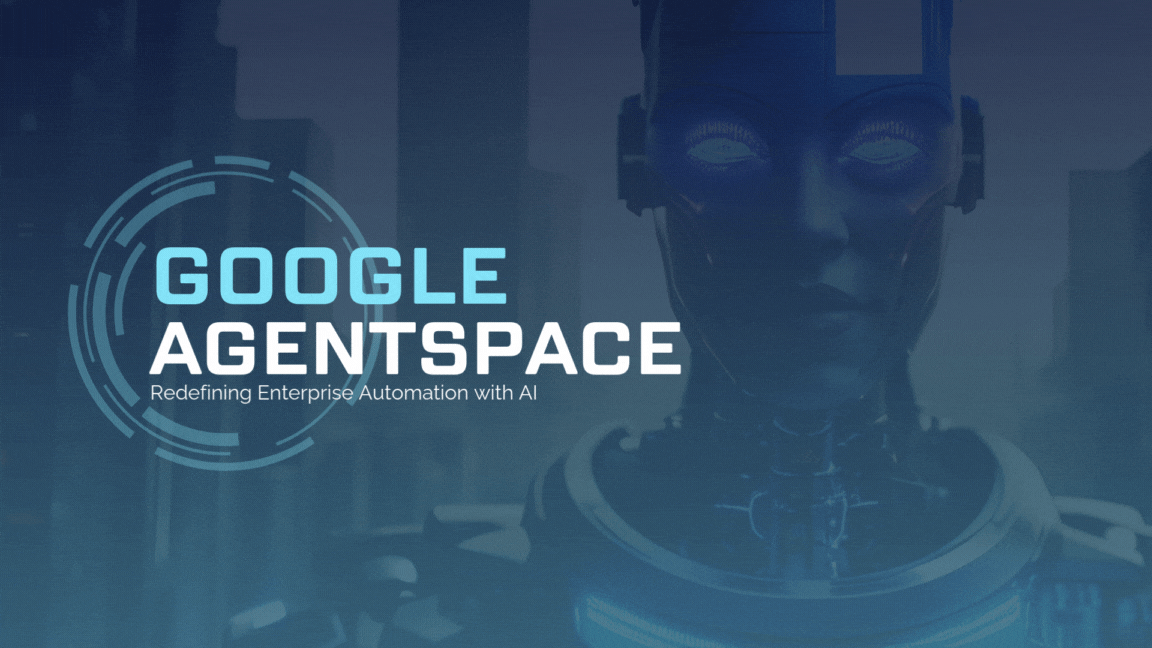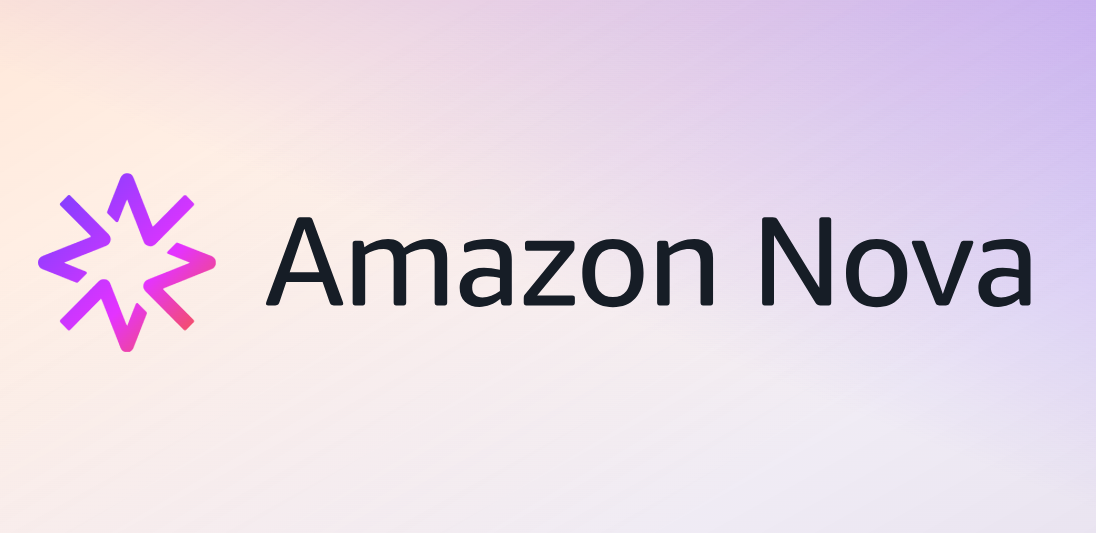Amazon Q Developer Agent: Code, Review, and Deploy Apps with AI Agents
Justin Corral2025-05-03T20:00:12+00:00Have you ever wondered if Amazon offers a way to seamlessly integrate AI into your development process, especially when using Visual Studio Code (VSCode)? Imagine having an intelligent assistant right in your IDE that can help you code, review, and deploy applications while guiding you through best practices and even suggesting optimizations. Well, Amazon has answered that with the Amazon Q Developer Agent! What is Amazon Q? Amazon Q is a powerful suite of AI-powered tools and services that help developers with various stages of application development, from coding to deployment. Designed to integrate easily with development environments like VSCode, [...]

